As Instructional Coaches, we are always working towards having deep conversations with teachers about student learning. One challenge that often comes up how to make learning authentic, purposeful and relevant.
This is one of the reasons I love using technology to enhance and transform student learning. We can provide so many different opportunities for student agency, audience and purpose just by using technology the “right” way.
When we’re using technology in the classroom, we’re often working towards the transformation level of SAMR, and sometimes we can get stuck thinking about just the tool, or leaving the tech until the end of the unit. Following my three steps below will make sure that doesn’t happen!
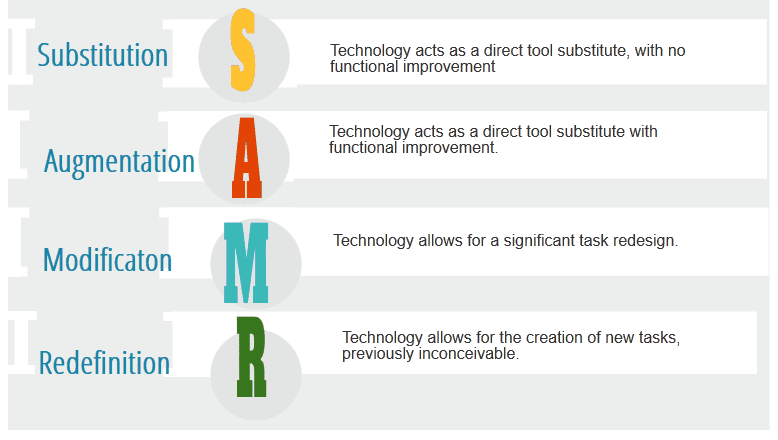
3 Steps to Transforming Learning
There are 3 key elements (that can be phrased as questions you can ask the teachers you work with as you’re designing a technology-rich unit) to transform student learning (SAMR-style). For those that are familiar with backwards planning or the Understanding by Design process, you will see lots of similarities here.
Step 0: Focus on the Learning
Ask: What do you want students to know and be able to do?
I’ve included this here because although I think for many teachers it is almost too obvious to mention, it’s something that’s easy to forget when you are excited and enthusiastic about new tools or technology available to you.
Having said that, I can’t count the number of times, as a coach, I have asked this very question and the teacher I was working with was not sure. This is absolutely the first place to start – whether you’re designing a tech-rich unit, or a tech-free unit!
Starting with this question ensures that student learning goals and outcomes are at the forefront of the conversation. Another key question to ask is: What do you want students to know and be able to do at the end of this unit? Or: What is the big picture understanding that you want students to take away from this learning that goes well beyond this course and this academic year.
Ensuring that teachers focus on the curriculum first means that content drives the use of technology, rather than the technology. Once you and the classroom teacher know what we want students to know and be able to do, then we can start thinking about the ways that technology can help students build their understanding, and/or demonstrate their learning.
Some strategies could be:
- Thinking about the big understanding that you want students to take away beyond the scope of this class, this academic year or even their school years overall.
- Asking “so what? Why is this important?”
- Fine tuning your learning objectives into a simple statement (or question for student inquiry) that can be shared with students.
Step 1: Make It Relevant
Ask: How can your students relate to this content in their daily lives or experiences?
Once we know what we want students to know and be able to do, then we can start thinking about how students can demonstrate their understanding. Often this inspires a final product that students can create to demonstrate their understanding (and usually there are lots of interesting ways to bring technology into a final product). Other times it means many smaller opportunities throughout the unit to help students build understanding or document their learning.
As you are helping the classroom teacher think about either a final product that students can create, or those opportunities to document learning or build understanding, a guiding idea that can inspire new ways of thinking about the unit is to ask: how can my students relate to this topic in their daily lives? What about this topic is relevant to students today? How do we see this topic demonstrated in the world around us?
One of the reasons I like to think about relevance for students is because this is a great way to tap into their personal interests or passions as they are learning content. The more real and relevant teachers can make their content, the more engaged students will be. This doesn’t mean that we’re always shooting for the most “trendy” topics or emulating social media stars, instead the idea is to explore how this content is relevant in today’s world so that the work teachers are asking students to do can potentially be work that matters or makes a difference in the world today.
Some strategies could be:
- Highlighting where this content is featured in the news;
- Having students work towards solving real world challenges (like plastic waste in the oceans);
- Find an authentic problem within your local community to focus student inquiry (like wasting food in the cafeteria or liter in the local streets);
- Use real-world data to analyze content (like real climate or earthquake data in a science project).
Check in on YOUR use of Technology with our Question Guide
Begin asking yourself and your students these simple guiding questions today and start your quest to create a classroom environment that focuses on transformational learning!
Are you an administrator or coach doing classroom observations? Use these guiding questions during your walk-throughs!
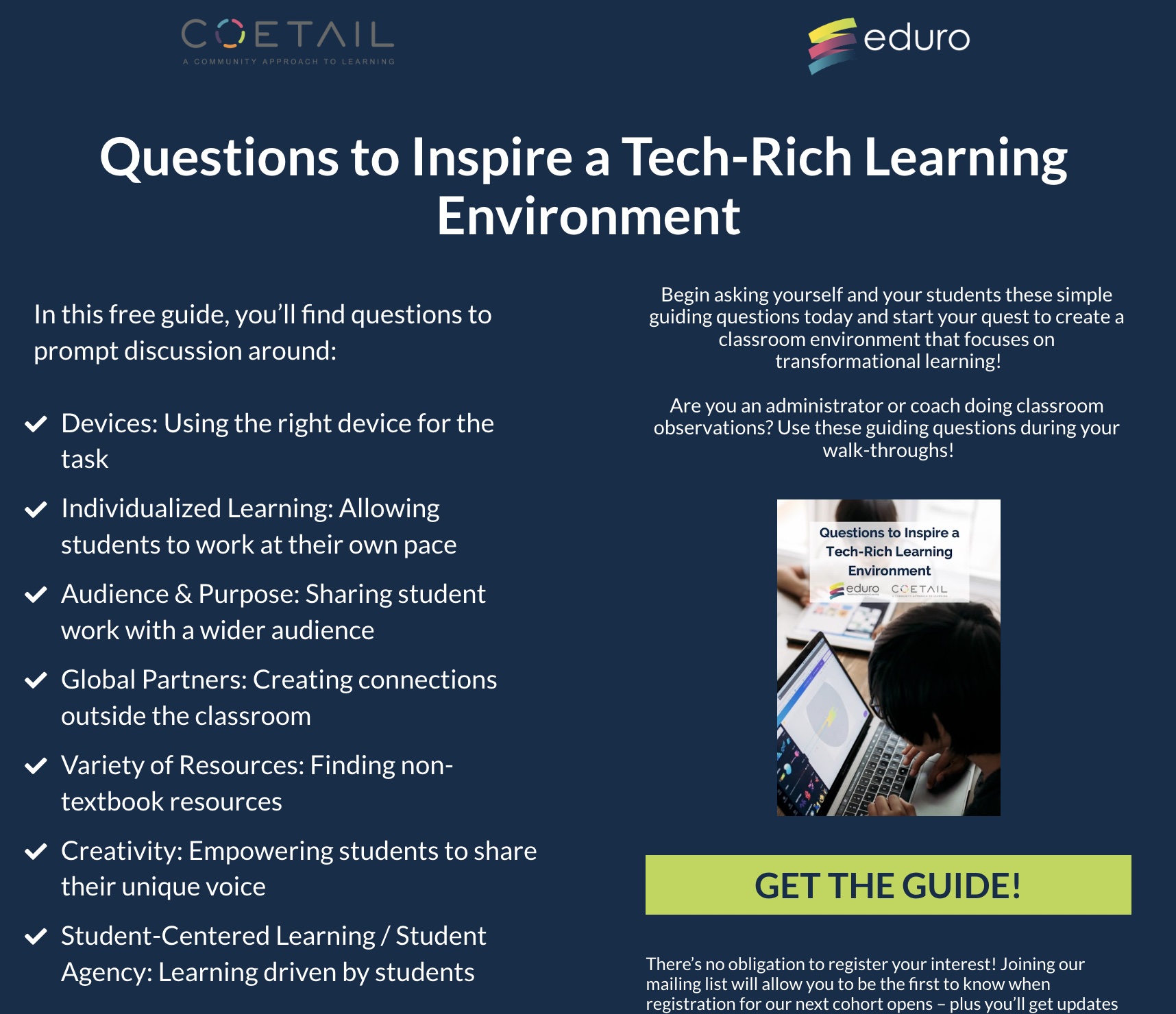
Step 2: Real World Task
Ask: What would a professional in this field do?
As you are helping the classroom teacher design this unit, and think about that relevant final product, or relevant documentation of student learning, it’s useful to consider how this content is shared, demonstrated or created in the world outside of school. For example, if students are learning about history, what would a historian do with this content?
Although it can sometimes be challenging to develop an age appropriate task, especially in the lower primary, that a “real professional” would engage in, the act of taking time to think about exactly how this kind of content is used in the professional world can spark some creative and innovative ideas for student work. Of course, looking at actual real world examples of your content in context is also a great way to share the relevance of your subject area with students.
Some strategies could be:
- Reference role models in this field; invite experts (via Skype or Google Hangouts) into the classroom;
- Model student assessment tasks after the real world work in that field, for example using text types like a risk assessments done by an insurance company, annual reports for global corporations, news reports by journalists, scientific journals, etc;
- Thinking about the way you or the classroom teacher learns about this topic, for example when learning how to use a new device in the home, you may watch a video tutorial online, rather than reading the instruction manual;
- Reflect the way we learn about new content outside of school, so even if students can’t create the actual product that a real world professional would, identify how the average person might learn about this content, for example, although you might not read the original source material from a scientific journal, you might find out about nuclear waste storage in the US through a John Oliver clip on YouTube, or the use of 3D printed body part replacements through a video on Facebook.
Step 3: Authentic Audience
Ask: Who Cares About This Work?
At this point in the curriculum development process, you will have supported the classroom teacher in thinking of a curriculum focused, relevant to students, real-world task for students to create. The next step in the path to transformation is to identify who is the audience for this work? Aside from the immediate class (and family) community, who else in the world would be interested in this work? Often times, when we are trying to help our students have an authentic audience, we think we can simply publish to the web (YouTube, a blog post, a Twitter feed, an Instagram account) and that automatically creates an authentic audience. But, the reality is, most of the work shared by students – unless there is a clearly identified and defined audience is rarely seen beyond their classmates, teacher and families.
Instead of just “putting their work online” can we, as teachers, help identify and find a real authentic audience who will actually be interested in the content that students are sharing. This could be a local audience within the school community, the town or the country, or it could be more global. Either way, an “audience” is not as simple as just putting the work online. It’s also important to note an authentic audience is not simply a “showcase” of student work – either in person (as is often done at the end of units), or online. The goal is to find actual people who are interested in the work that students are doing who have an authentic interest in exploring their creations.
Some strategies could be:
- Sharing student learning in an already existing space that others use to make informed decisions: book reviews on Amazon or GoodReads, recipes on recipies.com, or updates to a wikipedia page;
- Sharing student perspectives in an established forum, like submitting podcasts to NPR “Perspectives” or “Student Voices,“ or written opinions to a “letter to the Editor” on an appropriate publication;
- Finding another class that studies the same content and developing a collaborative project with purposeful interactions so that students get feedback on their work both throughout the project and as a final evaluation;
- Contributing creations to a global community like Sketchup files to the 3D warehouse, writing to the many fan fiction forums, or IKEA hacks to the IKEA hackers site;
- Using tools with built in community to promote student voices, like Medium for writing, Soundcloudt for audio, Flickr for photos;
- Creating a book for the iBookstore, podcasts for iTunes, or an app for the App Store or Google Play;
- And of course, the ultimate, help students develop an audience for their thinking by developing their own personal learning network in whatever space resonates with them.
Achievement Unlocked: An Authentic, Purposeful and Relevant Demonstration of Learning
Woohoo! After going through these steps, and working through these questions with your collaborating teacher, you should have an authentic, purposeful, and relevant idea for students to demonstrate their learning.
Dig Deeper: Take a Mini-Course
You are now in the perfect place to work with your collaborating teacher to structure the learning experience to scaffold students for success. This is when the exciting redesign of the entire unit can take place. Of course, we have lots of strategies to support you in working through that process too! Here are a few places to start:
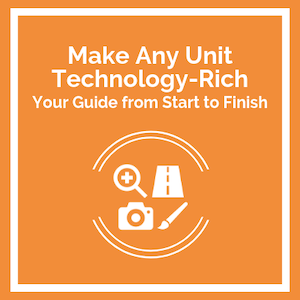
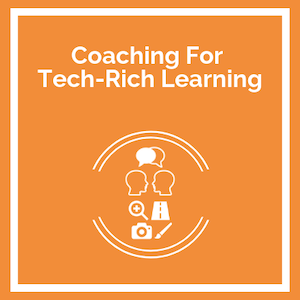
Watch the Video
Leverage technology to transform your practice with COETAIL
The Certificate of Educational Technology & Information Literacy is a 5-course online certificate program designed for educators ready to embrace innovative, technology-rich learning. COETAIL will empower you to leverage the technology you have to transform your practice in order to positively impact learning for all students. COETAIL embraces a community approach to learning through annual global cohorts that connect you with engaged educators, and supportive facilitators, around the world. Graduates of COETAIL are confident, adaptable, connected educators ready to tackle any new challenge that comes their way!
All educators are welcome: classroom teachers, coaches, specialists, school leaders. The program is customizable for educators in any setting. COETAIL is for educators who are ready to transform their practice through innovative pedagogical practices, and committed to a 1.5 year professional learning experience in a global cohort.
Our annual COETAIL cohorts begin in January every year. The cohort will run from January through to the following May (1.5 years). Registration opens the October before the cohort begins.
Find out more: https://coetail.com
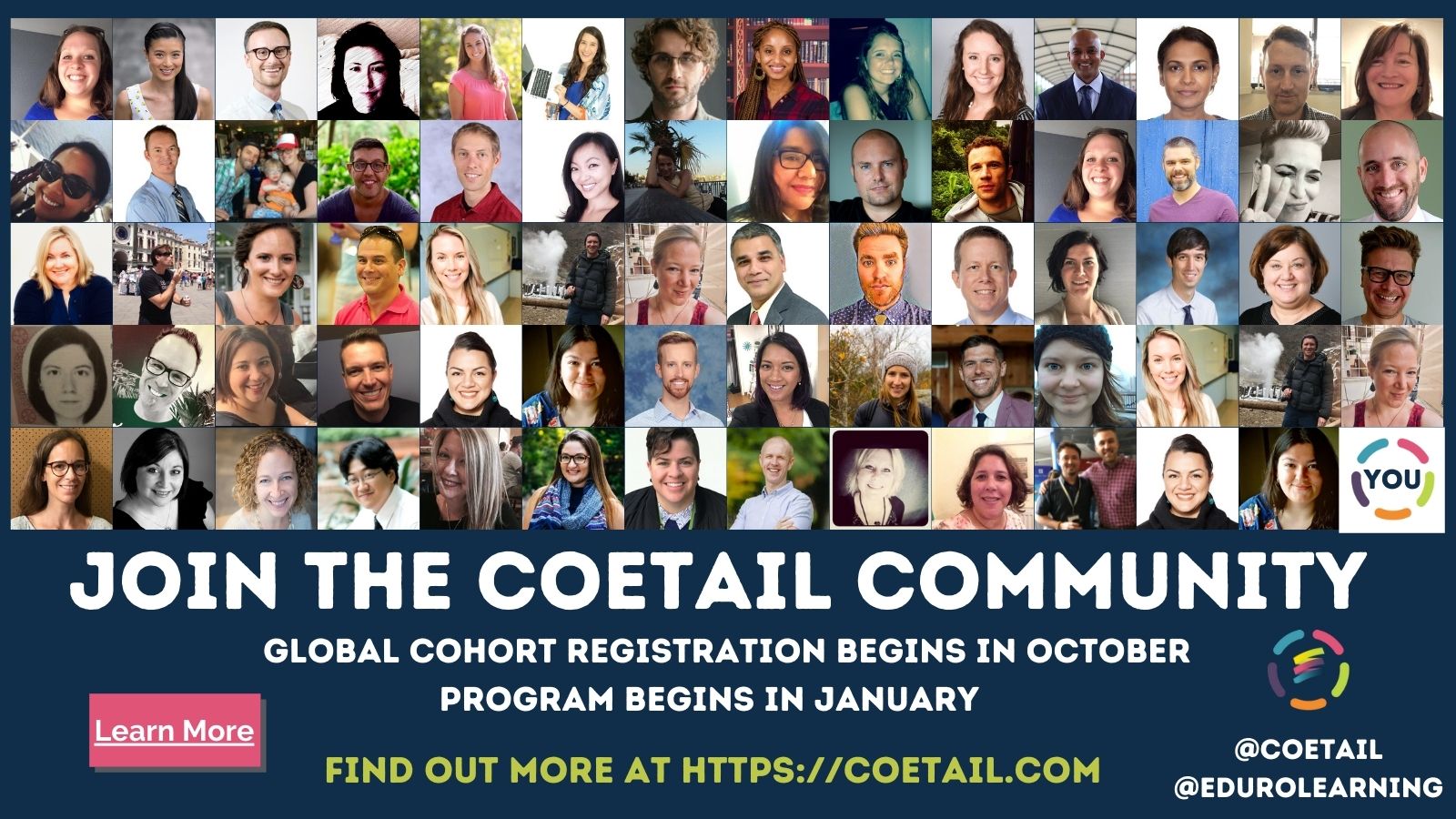
Image Attribution
- SAMR model by Silvia Tolisano, shared with permission
- Shibuya Crossing by Rambo2100, CC Licensed on Flickr
- Learning by {Flixelpix} David, CC Licensed on Flickr
- cloud diarrhea by mugley, CC Licensed on Flickr
- take the stage by tie the ribbons, CC Licensed on Flickr
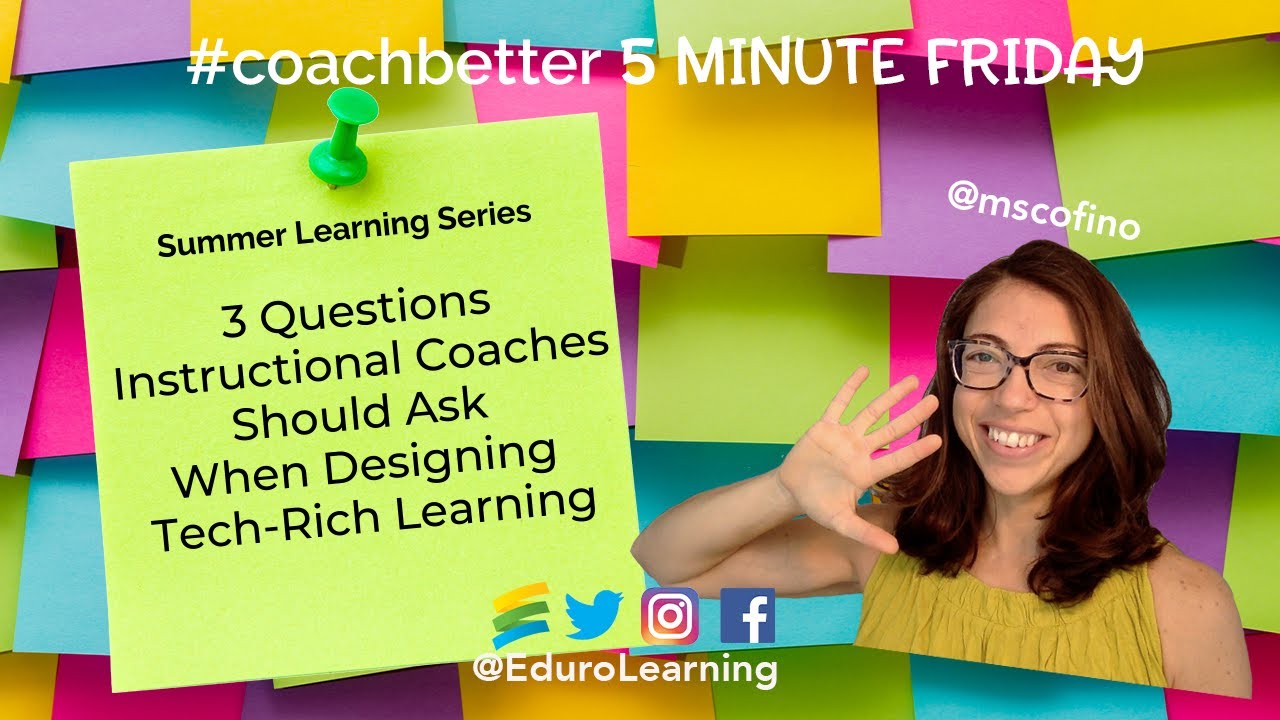
Recent Comments